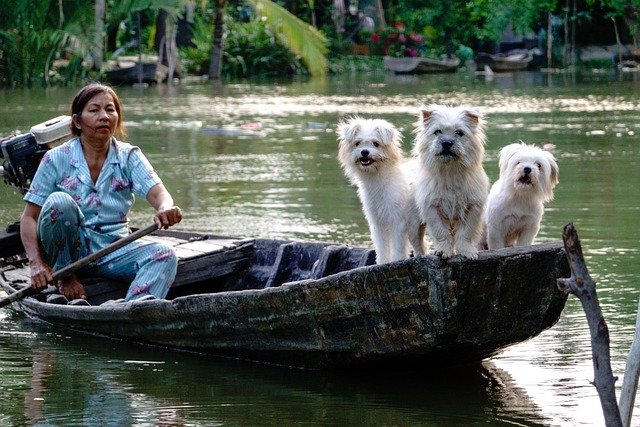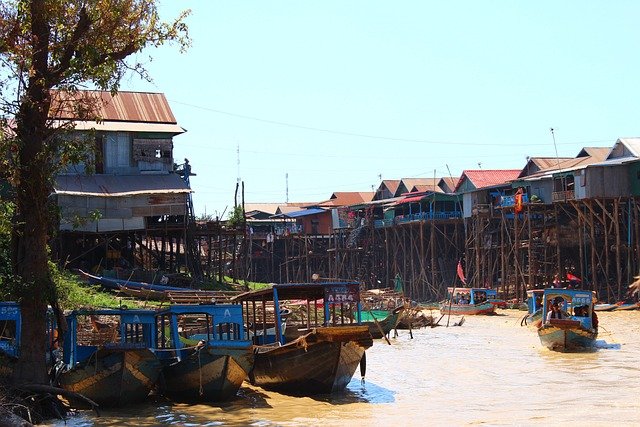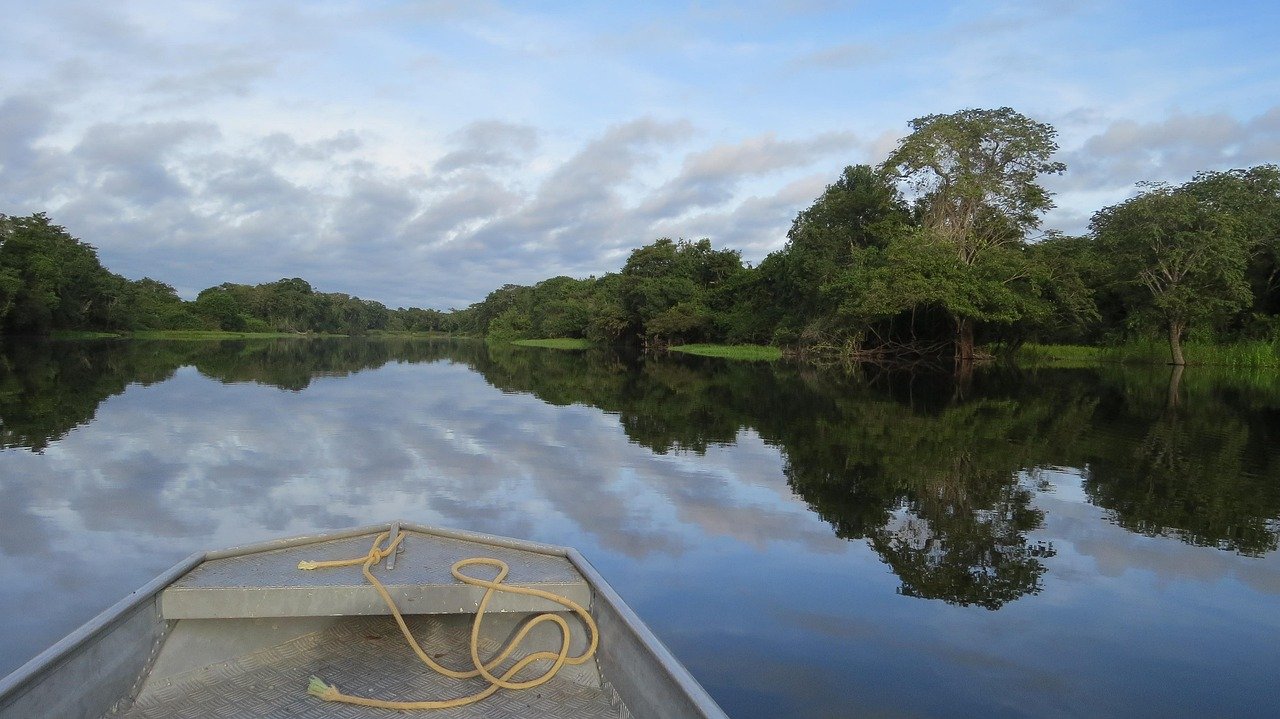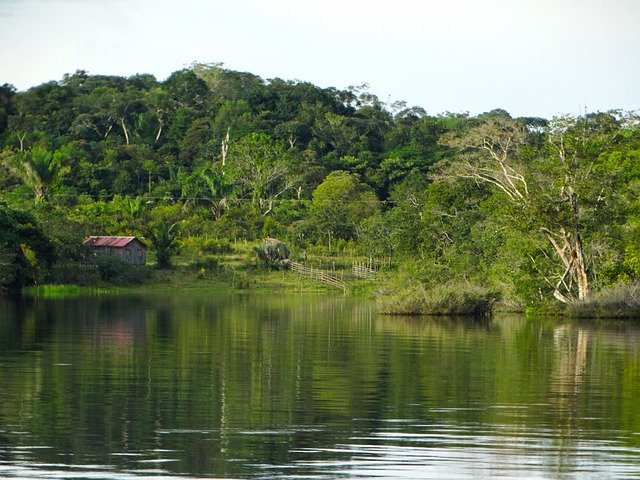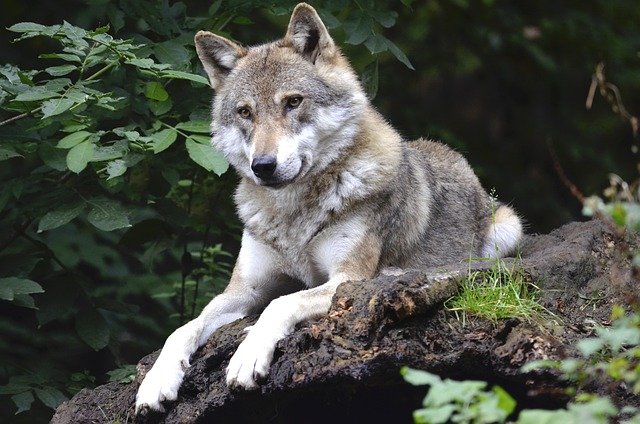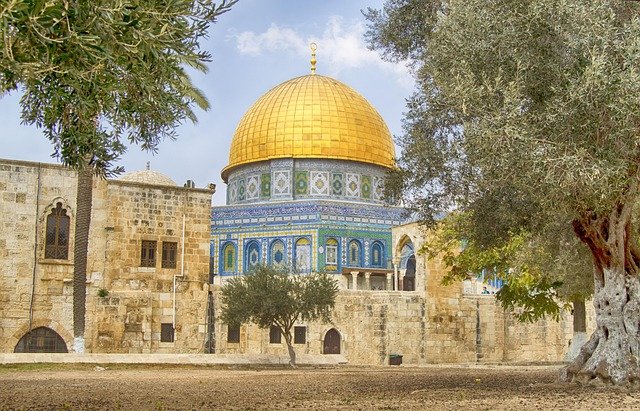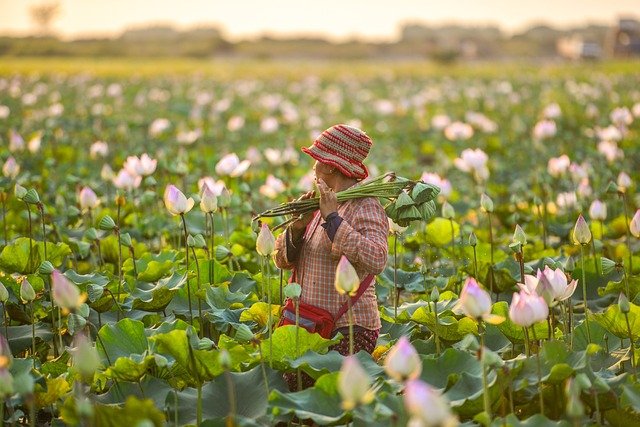
The ancient city of Angkor, located in present-day Cambodia, was once the heart of the powerful Khmer Empire from the 9th to the 15th century. While today it’s known for its magnificent temples like Angkor Wat and Bayon, the true greatness of Angkor lies in the people who lived, worked, and thrived there.
Let’s explore the fascinating lifestyle of the people of Angkor — from daily life to beliefs and culture.
1. A Farming Society Based on Rice
The people of Angkor were primarily farmers, and rice was their most important crop. They developed an advanced irrigation system with canals, moats, and reservoirs (called baray) to grow rice year-round — even during the dry season. These systems were some of the most sophisticated in the ancient world.
Fun fact: The West Baray in Angkor is one of the largest ancient reservoirs in the world.
2. A Hierarchical Society
Life in Angkor was structured in social classes:
- The king and royal family were at the top.
- Below them were nobles, priests, and officials.
- Most people were farmers, laborers, artisans, or traders.
Although it was a strict society, people worked together to build massive temples, roads, and water systems that supported the empire.
3. Religion and Spiritual Life
The people of Angkor followed both Hinduism and Buddhism over different periods of time. Their daily life was deeply connected to spiritual beliefs.
- They worshipped gods like Shiva, Vishnu, and later Buddha.
- Temples were not only places of worship, but also community centers.
Interesting detail: Many homes had small shrines, and offerings to the gods were a regular part of life.
4. Family and Community
Most families lived in wooden houses on stilts, near rice fields or canals. Extended families lived together and helped one another with farming, construction, and daily chores.
Children learned from parents and elders, and boys often became monks for part of their lives.
5. Craftsmanship and Art
Angkor was full of skilled artisans who carved stone, made jewelry, created pottery, and painted. The amazing carvings at Angkor Wat and Bayon show scenes of daily life — fishing, markets, celebrations, and battles.
Legacy: Their artistic achievements still inspire Cambodian artists today.
6. Trade and Economy
The Khmer people traded with neighboring countries like China, India, and Champa (Vietnam). They exchanged products like:
- Rice
- Spices
- Gold and silver
- Silk and ceramics
Markets were lively places where people traded food, clothes, tools, and animals.
7. Education and Knowledge
Most education was done through temples and monasteries. Monks taught boys how to read and write using Sanskrit and Khmer scripts. Much of their knowledge included:
- Religion
- Medicine
- Astronomy
- Mathematics
8. Festivals and Celebrations
The Khmer people loved festivals. Major events were based on the lunar calendar, involving music, dance, food, and rituals. Many festivals were connected to:
- Rice harvest
- Religious events
- Royal ceremonies
Example: Water festivals and traditional Apsara dances have roots in Angkorian times.
The lifestyle of the people of Angkor was a blend of spiritual devotion, strong community, and incredible engineering skill. Though the empire eventually declined, its people left behind a legacy that continues to shape Cambodian culture and identity today.
Visiting Angkor is more than just seeing ancient stones — it’s stepping into the lives of a remarkable civilization.
